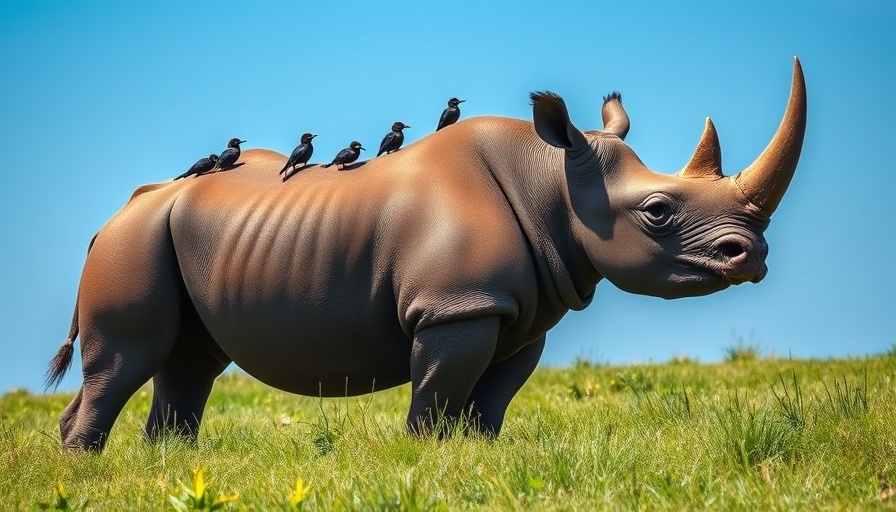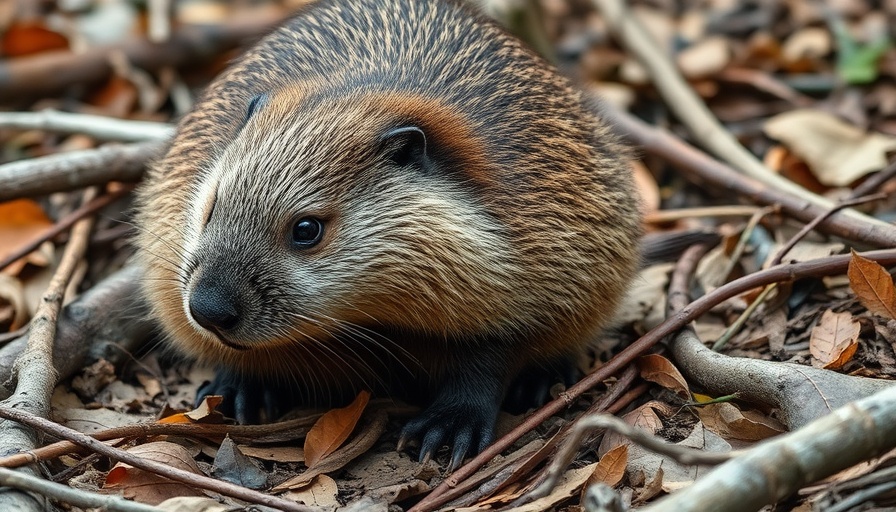
Understanding the Home Range of Recolonizing Wolves
The current resurgence of wolves in Central European landscapes presents a fascinating case study into wildlife adaptation in human-dominated environments. Researchers from the Czech University of Life Sciences recently observed the behavior of wolves in the České Švýcarsko National Park, particularly their predatory habits near human settlements such as Mikulášovice.
The Complex Relationship Between Wolves and Their Environment
A notable observation from the research highlights that approximately 70% of wolf tracking data indicates their activity within forested regions. However, a significant 30% of their interactions occur in open meadows and pastures. This dual habitat preference showcases their adaptability and necessity in seeking food sources, which primarily include natural prey like roe deer and wild boar.
The Role of Human Landscapes in Wolf Behavior
The observation that wolves sometimes hunt near urban areas is integral to understanding wildlife dynamics in human environments. As farms and settlements expand, these predators adjust their hunting strategies, often pursuing prey that venture too close to populated regions. This behavioral shift does not indicate a loss of caution but rather a strategic response to the availability of prey.
Wolves in Urban Settings: A Natural Adaptation
The presence of prey animals, such as deer and wild boar, in urban backyards and gardens creates unique intersections between human and wildlife realms. These sightings, often reported by gardeners, are evidence of how wildlife adapts to human presence. As these animals navigate the urban landscape to escape threats, they can inadvertently lead wolves into these areas, primarily at night when human activity is minimal.
The Imperative for Understanding Habitat Use
Monitoring wolves and their habitats provides essential insights into conservation strategies. By understanding their range and preferences, effective measures can be established to mitigate human-wildlife conflicts while ensuring the sustainability of wolf populations. There’s a growing recognition that cohabitation, albeit challenging, can be beneficial for both wildlife and communities. Engaging communities in wildlife management plans fosters a shared responsibility towards preserving natural ecosystems.
Future Implications and Conservation Efforts
The future of wolf populations in Central Europe depends on continued research and adaptive management strategies that consider both ecological needs and human concerns. As urban landscapes continue to evolve, so must our approaches to conservation, focusing on integrating wildlife habitats into modern planning and community awareness efforts.
Clearly, the study of wolves in human-dominated landscapes isn't just about observing animal behavior; it's about forging pathways for coexistence and understanding the intricate balance between nature and urban life. Engaging local communities and raising awareness about the ecological role of wolves can play a significant part in supporting their conservation in these evolving environments.
 Add Row
Add Row  Add
Add 




Write A Comment